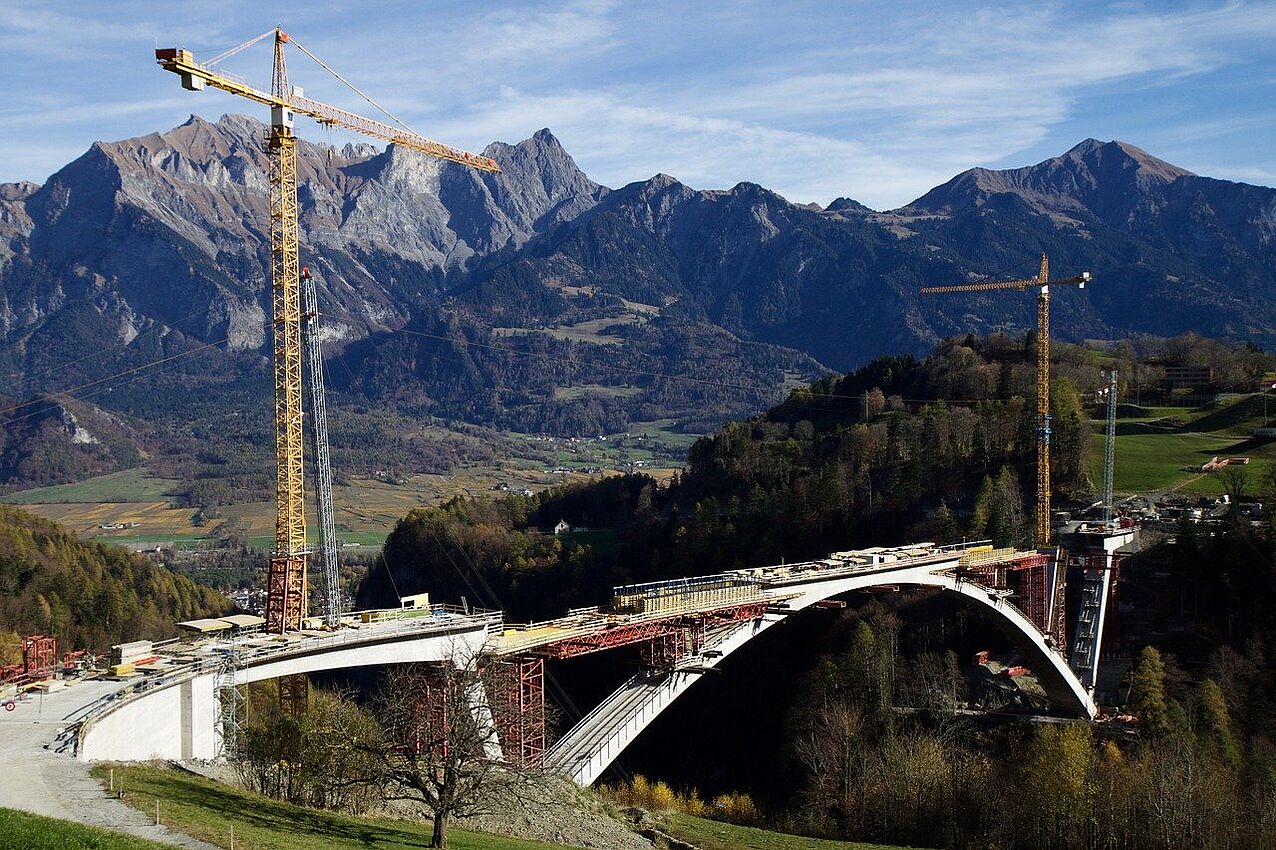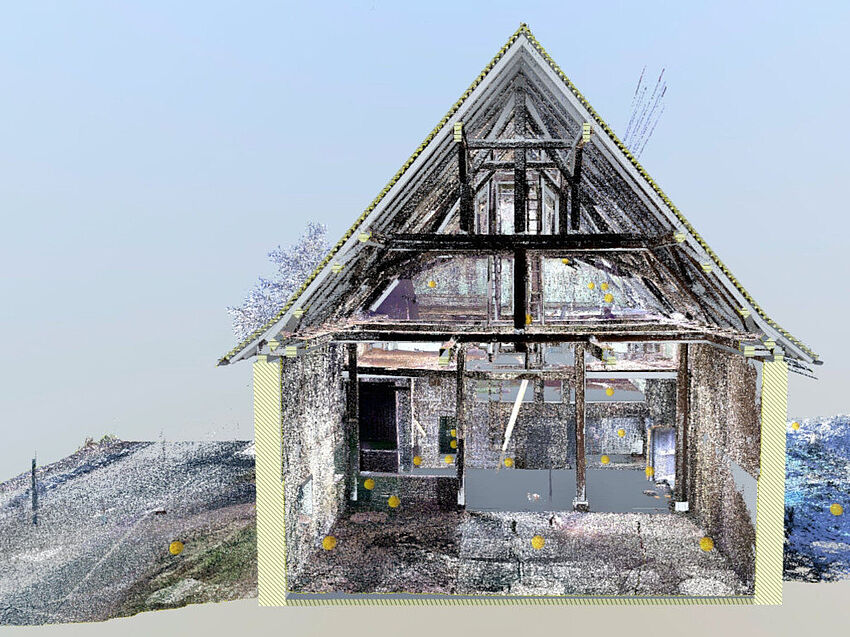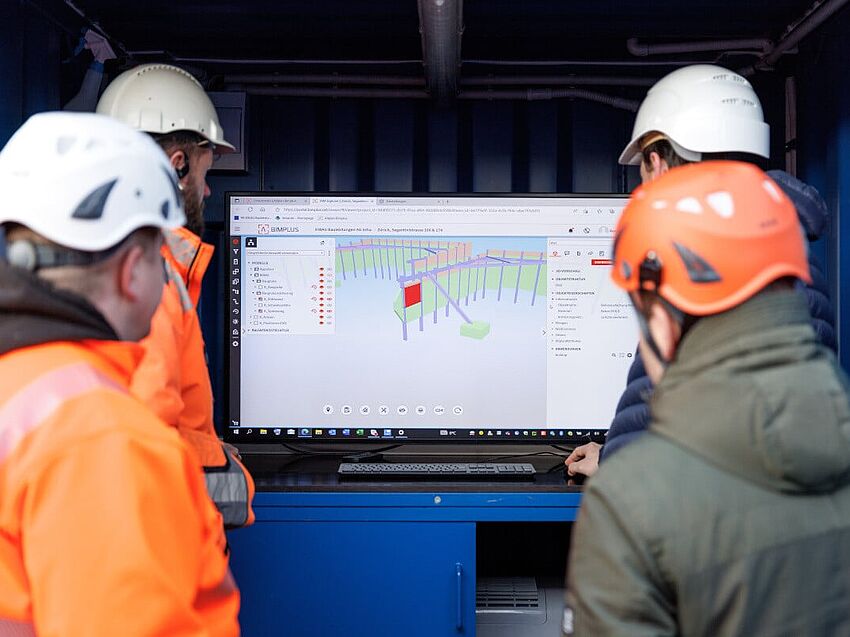One of the basic goals of Building Information Modeling (BIM) is an efficient information management of construction projects. This work method includes the economic planning, execution and use of buildings using a holistic digital 3D model. The major difficulty, among other things, lies in the interoperability between the different programs used in the construction industry. The so-called BIM integration framework is designed to overcome this hurdle.

Challenges for Project Management During Construction Projects
In countries such as the UK or Denmark, public clients have already been requiring BIM as a basis for work for several years. In Germany, however, the introduction of this method has been sluggish. Clients, whether private or public, have the same requirements everywhere. In particular these include an optimal cost and time management of the construction project. The project participants are also faced with additional challenges:
• Contractual requirements and demanding regulations, such as regarding fire protection or environmental protection, increase the complexity of projects.
• Due to the increasing specialization in the construction industry, the number of project partners is also increasing.
• Communication between all participants should be efficient and current information should be available from a variety of access points.
The solution: BIM with Common Data Environment (CDE)
An optimized communication, an improved process management and a sustainable exchange of information are at the center of the BIM digital working method. A building or an infrastructure project is visualized in a 3D model for this purpose. This makes it possible to detect errors at an early stage, such as collisions between individual elements of the supporting structure design. In addition, all information about the project is merged into a central point. CDE are used to manage these huge amounts of data.

The Construction of the Crossrail in London: Over One Million CAD Files
A new regional express line, which will run from the west of the city to the east over a distance of 118 kilometers, is being built in the greater London area. The project managers have worked with the BIM method from the start. It is the first infrastructure project of this size in Europe where BIM is being used comprehensively.
Over 100 project partners are involved in the project, which to date has generated over one million CAD files. These have all been included in the centralized model following corresponding reviews. In this way, the information about the construction project can be accessed from a variety of access points.
BIM Integration Framework for an Efficient Information Management
Despite BIM's holistic approach, using a single model for the visualization of a construction project has proven to be hardly feasible. One of the reasons for this is that there are overlaps between the disciplines. This makes it difficult to assign respective responsibilities. That is why so-called "featured models" are used today: Discipline models, sub-models or specialized models. However, this also means that every project partner works with sometimes very different software products. This can lead to a lack of interoperability.
The BIM Integration Framework (BIF) makes it possible to connect any BIM tool to a CDE, such as ALLPLAN Bimplus. At the same time, it allows for access to all functionalities within the CDE. Users thus has access to all functions within their standard desktop environment. For example, users can view or modify current information and work processes.
Technically Versatile in Use
BIF has the advantage that it can be directly integrated into in .NET or Java-based software and thus covers a wide range of digital tools in the construction industry. This ensures dynamic expansion through additional plugins. Even non-BIM-capable products can already be integrated, such as Microsoft Excel.




